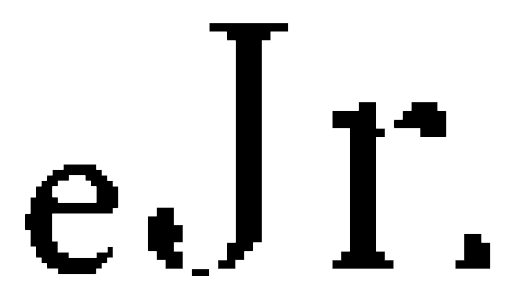Elliot Josephine Leila Reichert is an American curator, critic, and editor.
Elliot Josephine Leila Reichert is an American curator, critic, and editor.

2025 marks the fiftieth anniversary of the beginning of the Lebanese Civil War. As we reach this symbolic date, Lebanon still suffers from its consequences.
In Where Do I Go?, Rania Matar collaborates with women to visually tell their story and their relationship to this beautiful and broken country. She sees her younger self in these women as she herself was 20 when she left Lebanon during the Lebanese Civil War. The process is collaborative, and the photo session always evolves organically as the women become active participants in the image-making process, presiding over the environment, and making it their own.
In her words: “While my photographs may not provide solutions or closure, I hope they nevertheless invite the viewer to pause and find the beauty, the hope, the shared humanity, and the grace that still exist despite everything. They are my love letters to the women of Lebanon. This project is for us all: the ones who stayed and the ones who left but can never leave.”
Samia Halaby is widely recognized as a pioneer in twentieth-century abstraction and computer-generated art and as a leading scholar of Palestinian art. In the last twenty years, Halaby has expanded her practice to larger, more ambitious paintings and canvas-based assemblages. As an early practitioner of digital art, she taught herself programming languages and generated “kinetic paintings” of colorful shapes, sounds, and textures on a late 1980s Amiga computer. Throughout the 1990s, she developed a custom PC program that can generate moving shapes with live keyboard commands. These kinetic paintings and performances, which Halaby has archived as digital video files, have been little studied and not yet exhibited. Samia Halaby: Centers of Energy will bring together approximately thirty-five of Halaby’s paintings, prints, and drawings in the first-ever American survey of her work, and features Halaby’s writing about her artistic practice.
Elliot Josephine Leila Reichert and Rachel Winter, eds., SAMIA HALABY: Centers of Energy. ([S.l.]: HIRMER, 2024). 978-3777442686

Samia Halaby: Centers of Energy, Spring 2024

Newcity April 2018/ Cover by Hương Ngô
Newcity is Chicago's cultural publication of record. Founded in 1986 and still operated by its founders, Newcity publishes daily online and monthly in print. Elliot Reichert has contributed to Newcity since 2014 and served as its Art Editor from 2015-2019.

The Left Front: Radical Art in the “Red Decade,” 1929–1940 revisits a moment in American cultural history when visual artists joined forces to form a “left front” to make socially conscious art. In the wake of the 1929 Wall Street Crash and at the start of the Great Depression, artists and writers founded the John Reed Club (JRC), which spread to more than thirty chapters nationwide. Named after the journalist who witnessed the 1917 Russian Revolution, the JRC brought together such artists as Isabel Bishop, Stuart Davis, William Gropper, Rockwell Kent, and Chicagoan Morris Topchevsky—embraced the motto “art as a social weapon” and rejected the idea that “the artist can remain remote from the historic conflicts in which all men must take side.” They took their message to the streets—marching, boycotting, picketing, and teaching—while also organizing exhibitions and publishing their artworks.
Organized by the Block Museum and curated by Elliot J. Reichert, this is the first exhibition to compare the work of Steichen and Warhol side by side. Steichen ǀ Warhol is drawn primarily from the Block’s collection and highlights two major gifts to the Museum—49 vintage Steichen prints from Richard and Jackie Hollander donated in honor of Northwestern President Morton Schapiro and his wife Mimi Schapiro and more than 150 Warhol photographs from The Andy Warhol Foundation for the Visual Arts.
